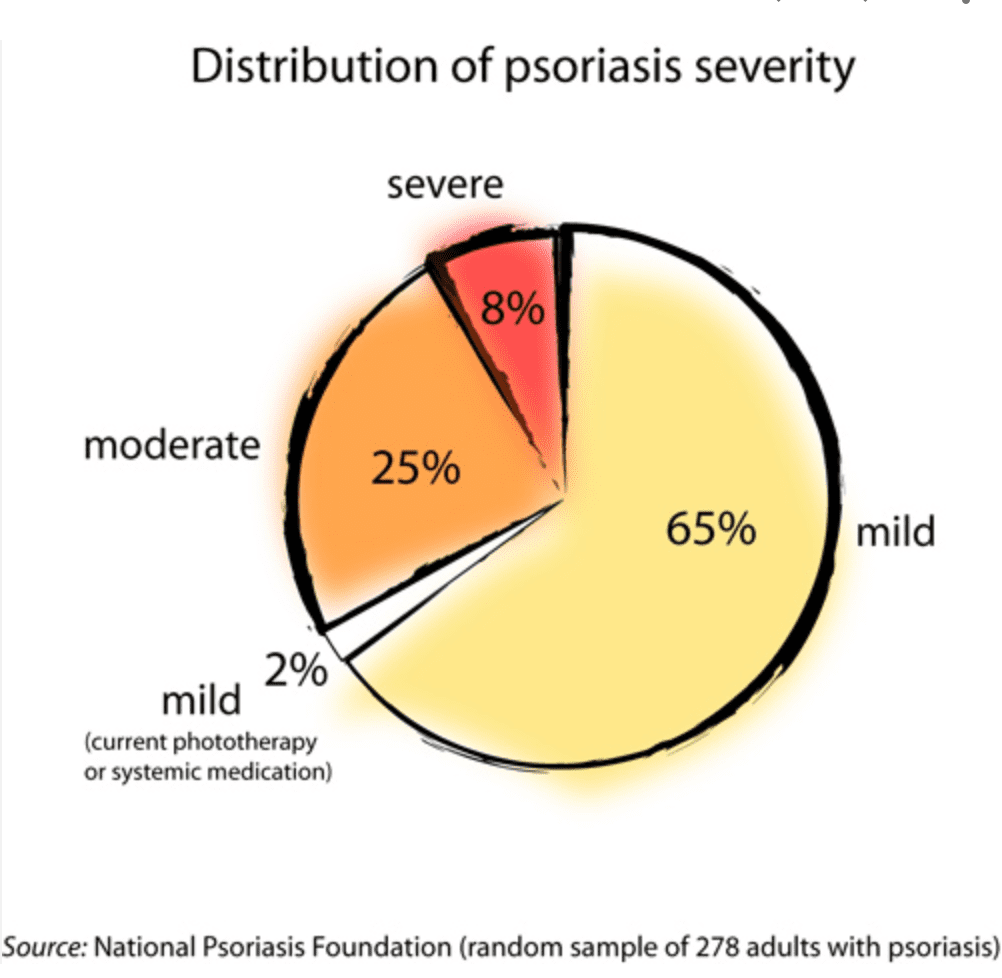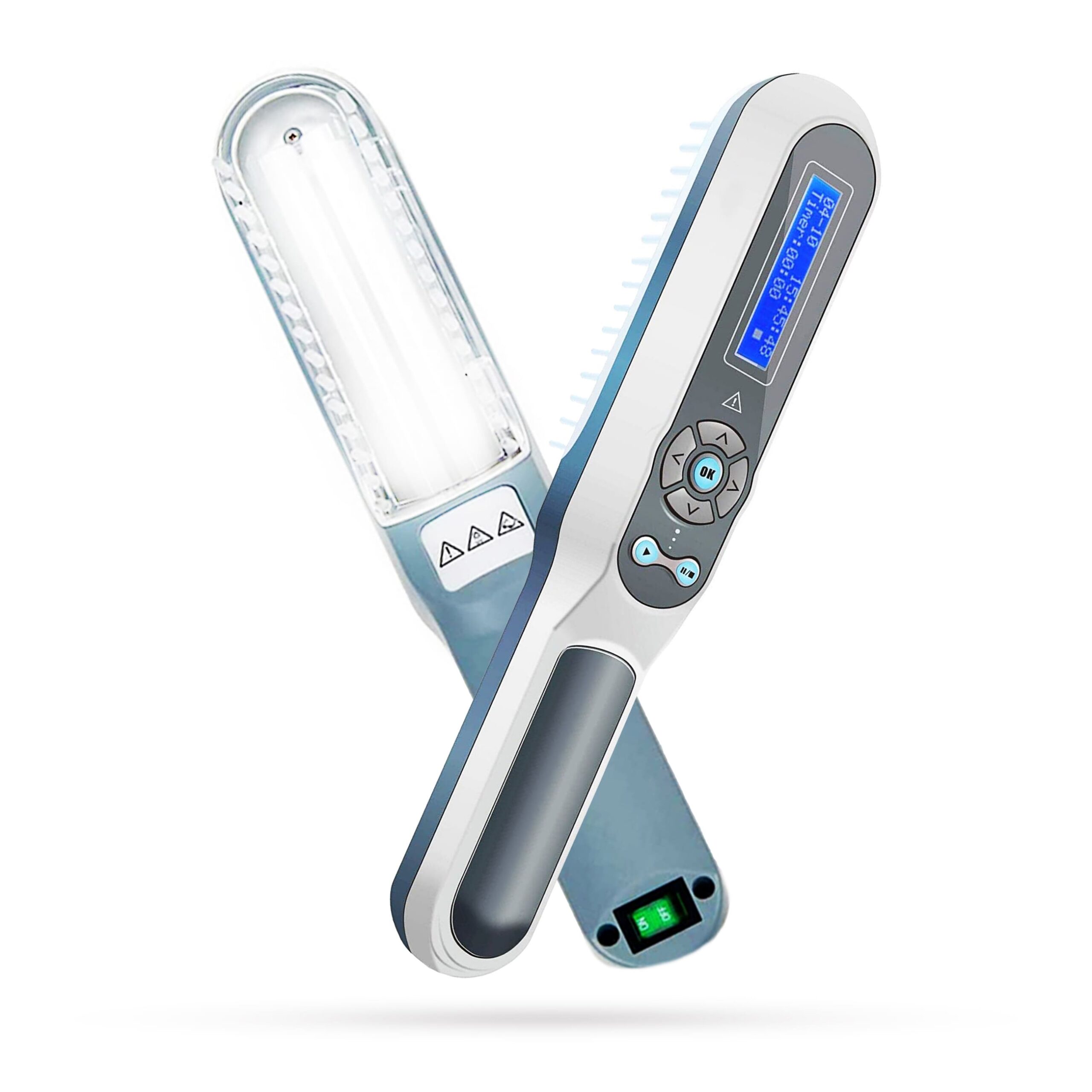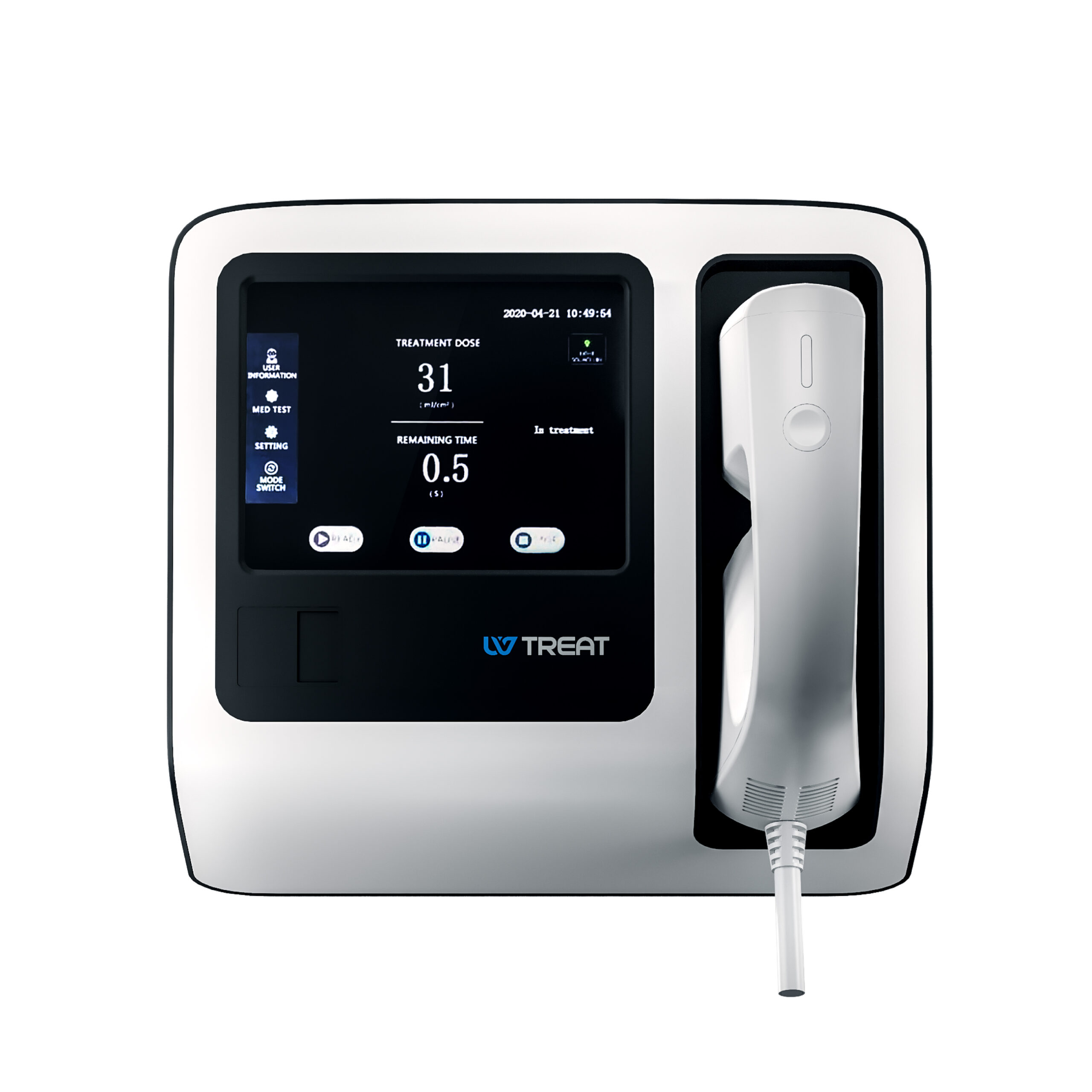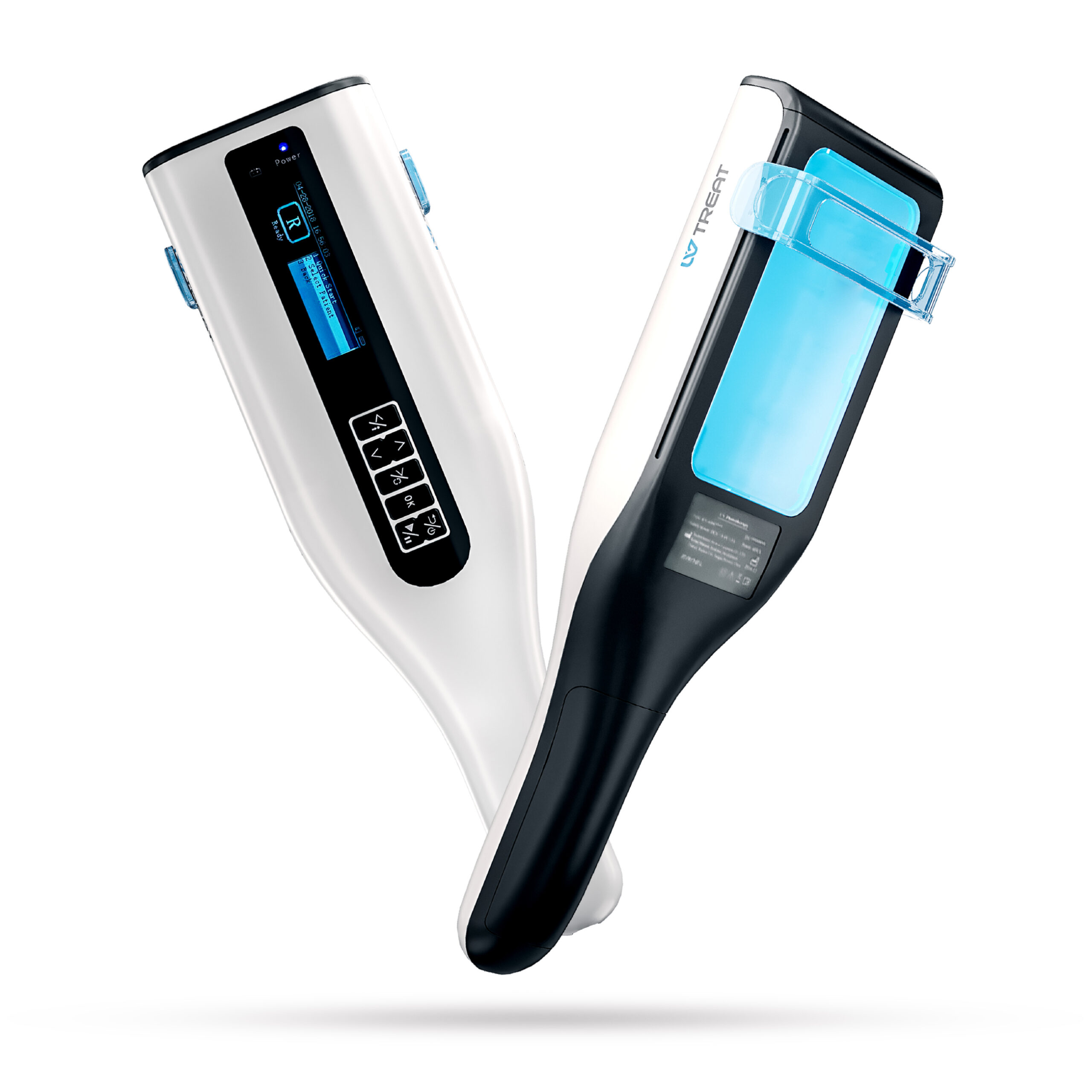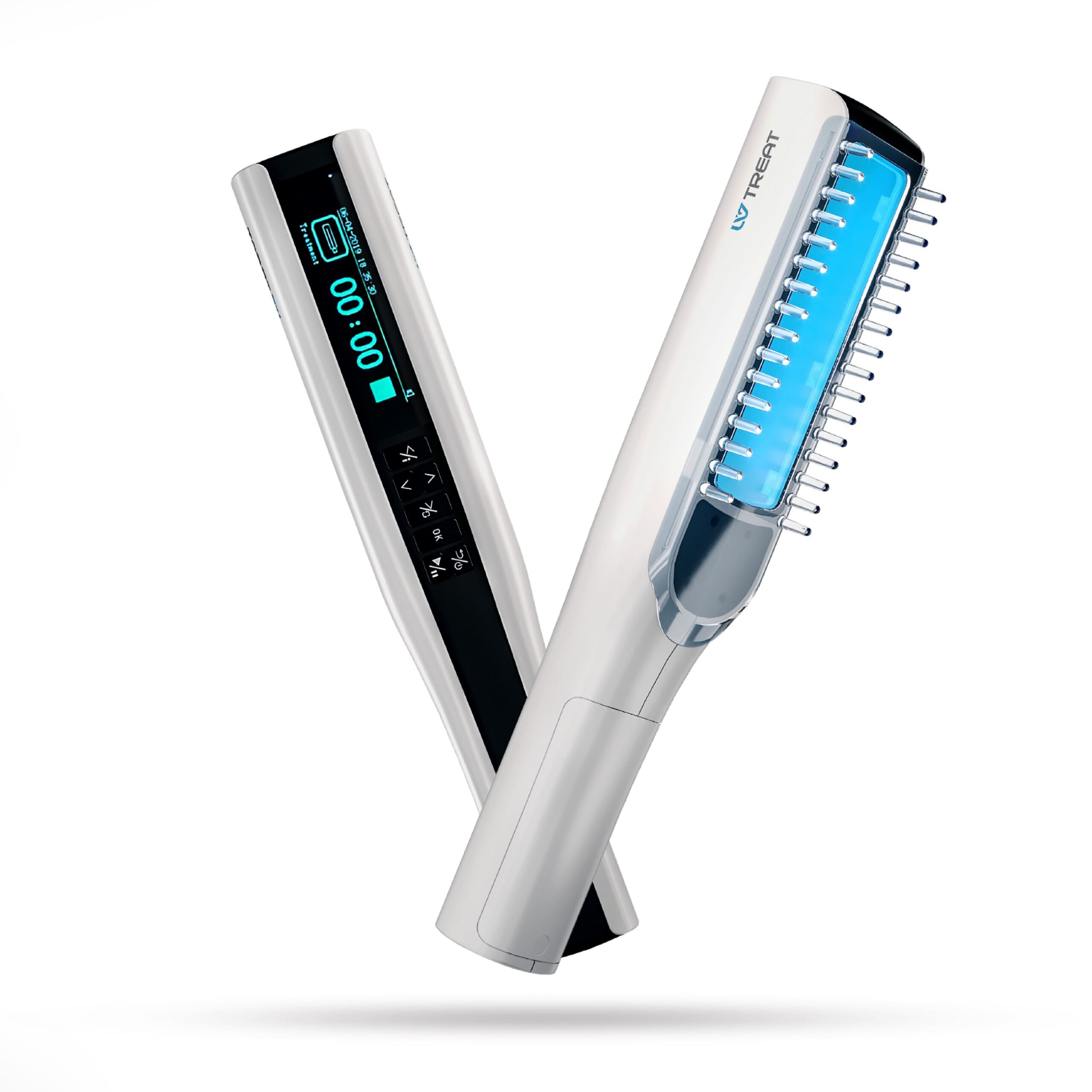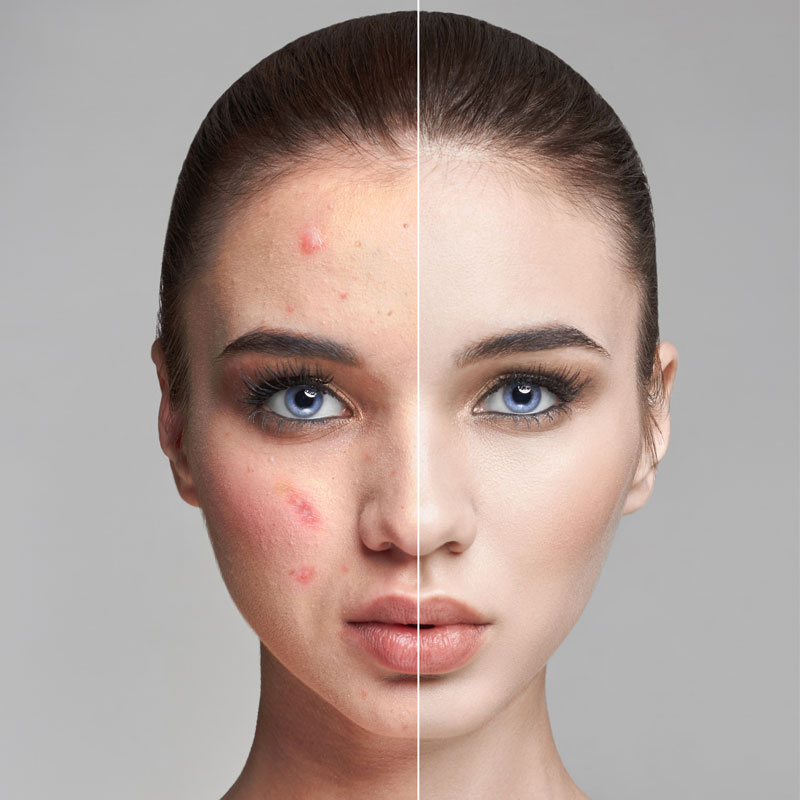Cyclical Nature of Symptoms:
Psoriasis symptoms often have a cyclical nature, flaring up for weeks or months before subsiding or even achieving remission. Understanding this pattern can help in better managing expectations and treatment plans.
Patient Testimonial: Sarah’s Journey with UV TREAT
“Living with psoriasis has been a part of my life for as long as I can remember. The constant itchiness and visible red patches on my skin often made me self-conscious, impacting both my personal and professional life. I tried various treatments, but nothing provided the long-term relief I was looking for. That’s when I discovered UV TREAT.
At first, I was skeptical about trying yet another treatment, but the promise of a convenient, at-home therapy was too appealing to ignore. I decided to give UV TREAT a try, and it’s one of the best decisions I’ve ever made.
After just a few sessions, I noticed a significant improvement in my symptoms. The itchy sensation that had been a constant annoyance started to fade, and the red, scaly patches began to heal. I was amazed by the results!
What I love most about UV TREAT is the convenience. I no longer need to schedule frequent appointments with my dermatologist. I can perform the treatments at home, which fits perfectly into my busy schedule. It’s not only time-saving but also cost-effective compared to the endless visits to the clinic.
The device itself is incredibly user-friendly. I was initially concerned about using it correctly, but the instructions were straightforward, and the virtual consultation with the medical team was reassuring. They guided me through the process, ensuring that I felt comfortable and confident in using the device.
Now, a few months down the line, my skin has never looked better. The patches have cleared up significantly, and I feel like I have regained control over my psoriasis. It’s not just about the physical relief but also the mental and emotional peace that comes with it.
I would highly recommend UV TREAT to anyone struggling with psoriasis. It’s changed my life, and I’m grateful for this innovative solution that has given me back my confidence and comfort.”
Sarah M., UV TREAT Patient
Lifestyle and Dietary Tips for Managing Psoriasis
While medical treatments like UV TREAT are effective in managing psoriasis symptoms, incorporating certain lifestyle and dietary changes can further enhance your overall well-being and potentially reduce flare-ups. Here are some holistic tips to consider:
1. Balanced Diet:
- Anti-inflammatory Foods: Incorporate foods rich in anti-inflammatory properties like fatty fish (salmon, mackerel), nuts, seeds, and leafy greens.
- Include foods rich in omega-3 fatty acids and antioxidants. A study in the Journal of the American Academy of Dermatology (2023) found that a diet high in anti-inflammatory foods can help reduce the severity of psoriasis symptoms.
- Avoid Trigger Foods: Reduce intake of foods that can trigger inflammation, such as red meat, dairy products, processed foods, and refined sugars.
- Limit intake of red meat, dairy, and processed foods. According to research published in Dermatology and Therapy (2022), these foods can exacerbate inflammation and psoriasis symptoms.
2. Stay Hydrated:
- Drinking plenty of water throughout the day helps keep the skin hydrated and can reduce dryness associated with psoriasis.
3. Regular Exercise:
- Engage in regular physical activity to improve overall health. Activities like walking, swimming, or yoga can be beneficial without being too harsh on the skin.
- Engage in physical activities like walking or yoga. The British Journal of Dermatology (2022) reported that regular exercise could reduce inflammation and improve psoriasis.
4. Stress Management:
- Stress is a known trigger for psoriasis flare-ups. Techniques like meditation, deep breathing exercises, or engaging in hobbies can help manage stress levels.
- Techniques such as meditation and deep breathing can be beneficial. A study in Mindfulness (2021) showed that stress management techniques could significantly improve the quality of life for psoriasis patients.
5. Skincare Routine:
- Use mild skin care products and avoid harsh soaps that can dry out the skin.
- Regular moisturizing can help alleviate dryness and itching.
- Use gentle skincare products. As per the International Journal of Dermatology (2023), using mild skin care products can reduce skin irritation and improve psoriasis symptoms.
6. Limit Alcohol and Quit Smoking:
- Reducing alcohol consumption and quitting smoking can positively impact psoriasis symptoms and overall health.
- A study in the Journal of Clinical and Aesthetic Dermatology (2022) found that reducing alcohol and quitting smoking could lead to a noticeable improvement in psoriasis symptoms.
7. Sun Exposure:
- Moderate sun exposure can improve symptoms but be cautious to avoid sunburn, which can worsen psoriasis.
8. Maintain a Healthy Weight:
- Being overweight can exacerbate psoriasis symptoms. A balanced diet and regular exercise can help maintain a healthy weight.
9. Get Enough Sleep:
- Adequate sleep is essential for overall health and can help the body manage stress and inflammation.
10. Natural Remedies:
- Some people find relief with natural remedies like aloe vera, tea tree oil, or oatmeal baths. However, consult with a healthcare provider before trying new treatments.
- Natural remedies like aloe vera and oatmeal baths may offer relief. Research in the Journal of Alternative and Complementary Medicine (2023) suggests these can be effective adjunct treatments for psoriasis.
Remember, each individual’s experience with psoriasis is unique. It’s important to find a routine that works best for you and consult with healthcare professionals before making significant changes to your lifestyle or diet.
Insurance and Cost Information: Making UV TREAT Affordable
Understanding the financial aspect of managing psoriasis is as important as understanding the medical treatment. Here’s what you need to know about the cost, insurance coverage, and financing options for UV TREAT:
Transparent Pricing:
- Direct Costs: UV TREAT offers competitive pricing for its phototherapy devices. The cost of our device is [check prices], which includes the device itself, initial consultation, and follow-up support
- Comparison with Traditional Treatments: When compared to the cumulative costs of regular dermatologist visits and prescription medications, UV TREAT offers a cost-effective long-term solution.
Insurance Coverage:
- Insurance Policies: We understand that insurance coverage is a key concern. While UV TREAT may be covered under some health insurance plans, coverage can vary. We recommend checking with your insurance provider to determine if our devices fall under your plan’s benefits.
- Assistance with Insurance Claims: Our customer service team is here to assist you in understanding and navigating the insurance claim process.
Financing Options:
- Flexible Payment Plans: To make UV TREAT more accessible, we offer flexible payment plans that allow you to pay for the device over time.
- Special Offers: Keep an eye out for special promotions and discounts, especially during holiday seasons or awareness months for skin conditions.
Assistance Programs:
- Partnership with Foundations: We partner with various dermatology foundations and non-profits to provide assistance programs for those who qualify.
- Program Eligibility: Details on eligibility criteria and application processes for these programs can be found on our website or by contacting our customer support.
Cost-Effectiveness in the Long Run:
- Long-Term Savings: Investing in a UV TREAT device can lead to significant savings over time, considering the reduced need for frequent clinical visits and ongoing medication costs.
- Value Beyond Cost: Beyond the monetary aspect, the value of improved skin health, comfort, and convenience should also be considered in your decision-making process.
For any further inquiries regarding pricing, insurance, and financing options, please reach out to our customer support team. We are committed to making UV TREAT accessible and affordable for everyone in need of an effective psoriasis treatment solution.
Certifications and Endorsements: Trusted and Approved
UV TREAT is proud to be recognized and certified by leading medical authorities. Our product has received:
- FDA Approval, ensuring its safety and efficacy.
- Endorsements from renowned dermatologists and skin care professionals.
These certifications and endorsements underscore our commitment to providing a reliable, clinically proven solution for managing psoriasis.
What Are Common Treatment Methods For Psoriasis?
Although there is no cure for Psoriasis, several treatment methods are available to manage its symptoms and provide relief.The most common treatments for Psoriasis are:
- Topical treatments: Corticosteroids, retinoids, salicylic acid, and even coal tar.
- Oral Medications: Sever side effects treatment, cyclosporine, and acitrein.
- Biologics: Prescribed for moderate to severe Psoriasis, these drugs target specific molecules within the immune system to reduce inflammation.
UVB Phototherapy: Conveniently uses controlled ultraviolet light exposure to reduce the growth of skin cells while reducing inflammation.
Comparative Analysis: UVTREAT vs. Traditional Psoriasis Treatments
When it comes to managing psoriasis, it’s essential to choose a treatment that aligns with your lifestyle, budget, and health goals. Here’s how UVTREAT stands out compared to traditional treatment methods:
Convenience:
- Traditional Treatments: Often require frequent visits to dermatology clinics or hospitals for sessions.
- UVTREAT: Offers the flexibility of home-based treatment, saving time and eliminating the need for regular clinical appointments.
Cost-Effectiveness:
- Traditional Treatments: Can lead to accumulating costs due to ongoing clinical visits and prescription refills.
- UVTREAT: One-time investment in the device, significantly reducing long-term treatment costs.
Ease of Use:
- Traditional Treatments: May involve complex procedures or multiple medications.
- UVTREAT: Simple and user-friendly, requiring no medical expertise for operation.
Safety and Side Effects:
- Traditional Treatments: Potential side effects from systemic medications or topical steroids.
- UVTREAT: Provides a safe, non-invasive treatment with minimal to no side effects.
Personalization:
- Traditional Treatments: Generalized approach, which may not cater to individual specific needs.
- UVTREAT: Enables personalized treatment intensity and duration, tailored to individual symptom severity.
Technology:
- Traditional Treatments: May use older or less targeted technology.
- UVTREAT: Utilizes the latest advancements in UVB Phototherapy, offering effective and targeted treatment.
By choosing UVTREAT, you’re not just selecting a treatment option; you’re embracing a lifestyle of convenience, safety, and cost-effectiveness. Experience the modern approach to managing psoriasis with UVTREAT.
This comparative analysis provides a clear understanding of how UVTREAT offers a more advantageous solution over traditional treatments, addressing key factors like convenience, cost, and personalization.
Accessibility Features of UVTREAT: Inclusive and User-Friendly
At UVTREAT, we believe in making effective psoriasis treatment accessible to everyone, including individuals with disabilities and older adults. Here’s how our product ensures ease of use and accessibility:
Ergonomic Design:
- UVTREAT devices are designed with ergonomics in mind, making them easy to handle and use, even for those with limited mobility or dexterity.
Simple Controls:
- Our devices feature intuitive controls with clear, easy-to-read labels and buttons, ensuring straightforward operation for all users, including those with visual impairments.
Lightweight and Portable:
- The lightweight nature of our devices makes them easily portable, accommodating users who may have difficulty with heavier equipment.
Voice-Guided Instructions:
- To assist users with visual impairments, UVTREAT devices come with optional voice-guided instructions, guiding through each step of the treatment process.
Adjustable Treatment Settings:
- The devices offer adjustable settings to cater to varying levels of skin sensitivity, ensuring a comfortable experience for older adults or those with sensitive skin.
Non-Slip Features:
- Equipped with non-slip grips, UVTREAT devices remain steady during use, providing added safety for users with limited hand strength or coordination.
Remote Assistance:
- Our dedicated support team is available for remote assistance, offering guidance and answering queries, which is especially beneficial for those who may not be tech-savvy.
UVTREAT is committed to providing a treatment solution that is not just effective but also inclusive and considerate of the diverse needs of our users. We continuously work towards enhancing the accessibility of our devices, ensuring a seamless and comfortable experience for every individual.
UVB Phototherapy: The Most Convenient and Highly Effective Solution for Psoriasis
- FDA-Approved.
- Drug-Free. Non-Surgical.
- Affordable.
For many years, dermatologists have relied on Ultraviolet B (UVB) Phototherapy as a go-to treatment method for various skin conditions. UVB Phototherapy involves exposing the skin to carefully controlled levels of ultraviolet light, effectively mitigating the symptoms and appearance of diseases such as psoriasis.While UVB Phototherapy devices have been a fixture in dermatology practices for decades, there’s an exciting development: these highly effective treatments are now accessible for direct consumer use.
UVTREAT is a solution that bridges the gap and delivers professional-grade UVB Phototherapy directly to your doorstep, all at a fraction of the cost typically associated with in-office visits. Your path to healthier skin has never been more convenient and affordable.
- Safe & Effective UVTREAT devices do not require medical supervision and can safely be used at home without extensive training.
- Clinical Grade UVTREAT devices deliver the same results as in-clinic UVB Phototherapy treatments for a fraction of the cost.
- Affordable UVTREAT can save you up to 5X more compared to undergoing treatments at a dermatologist’s office.
- Easy Treatments Performing treatments on yourself is painless, only takes about two minutes, and requires no medical training.

